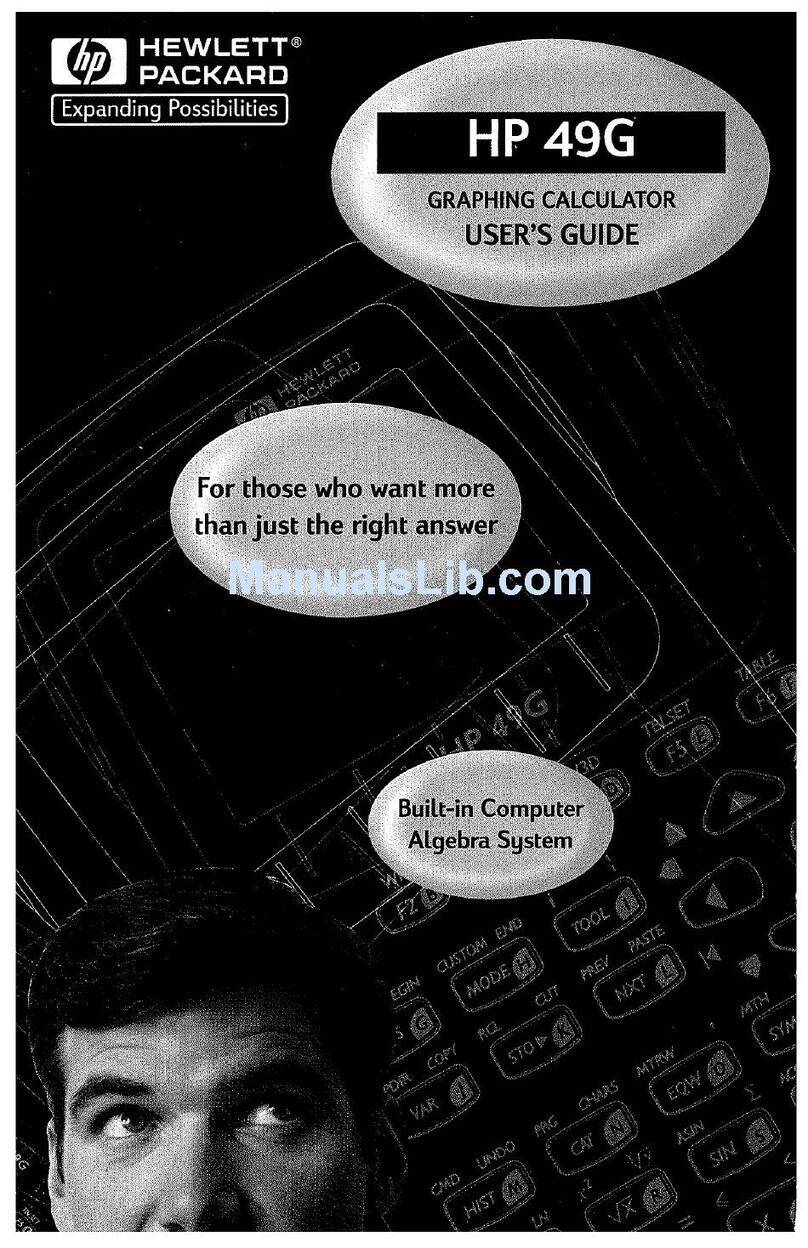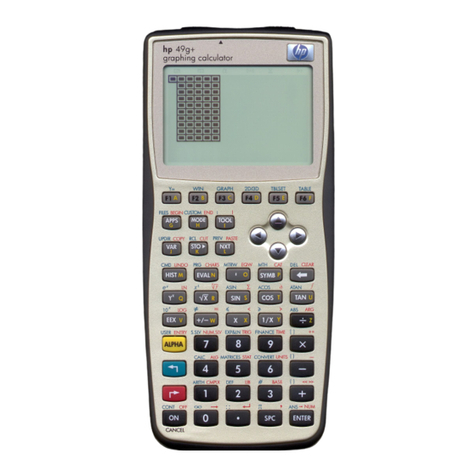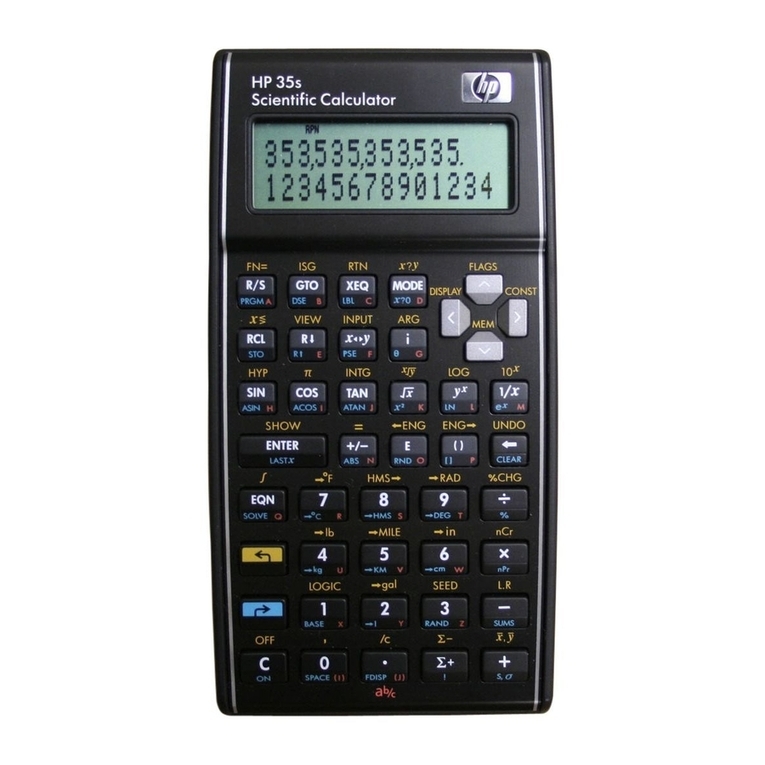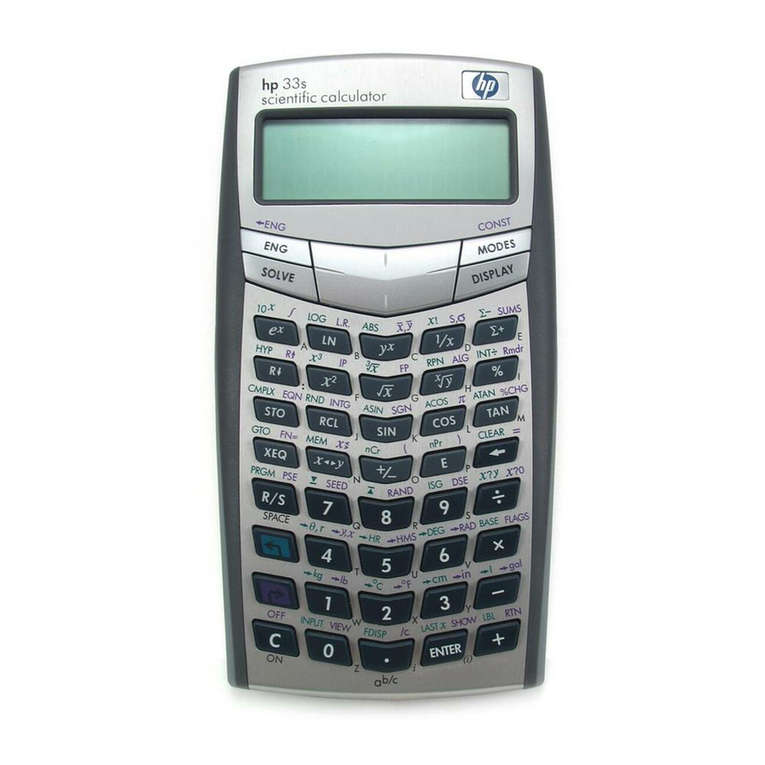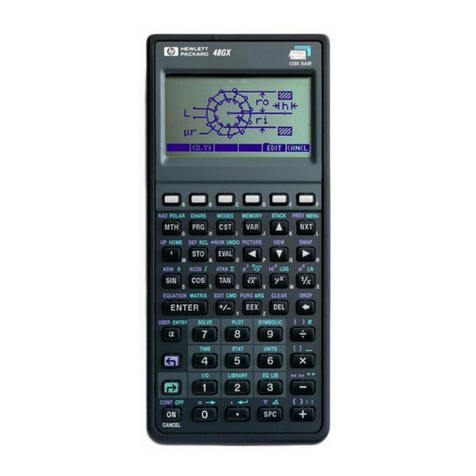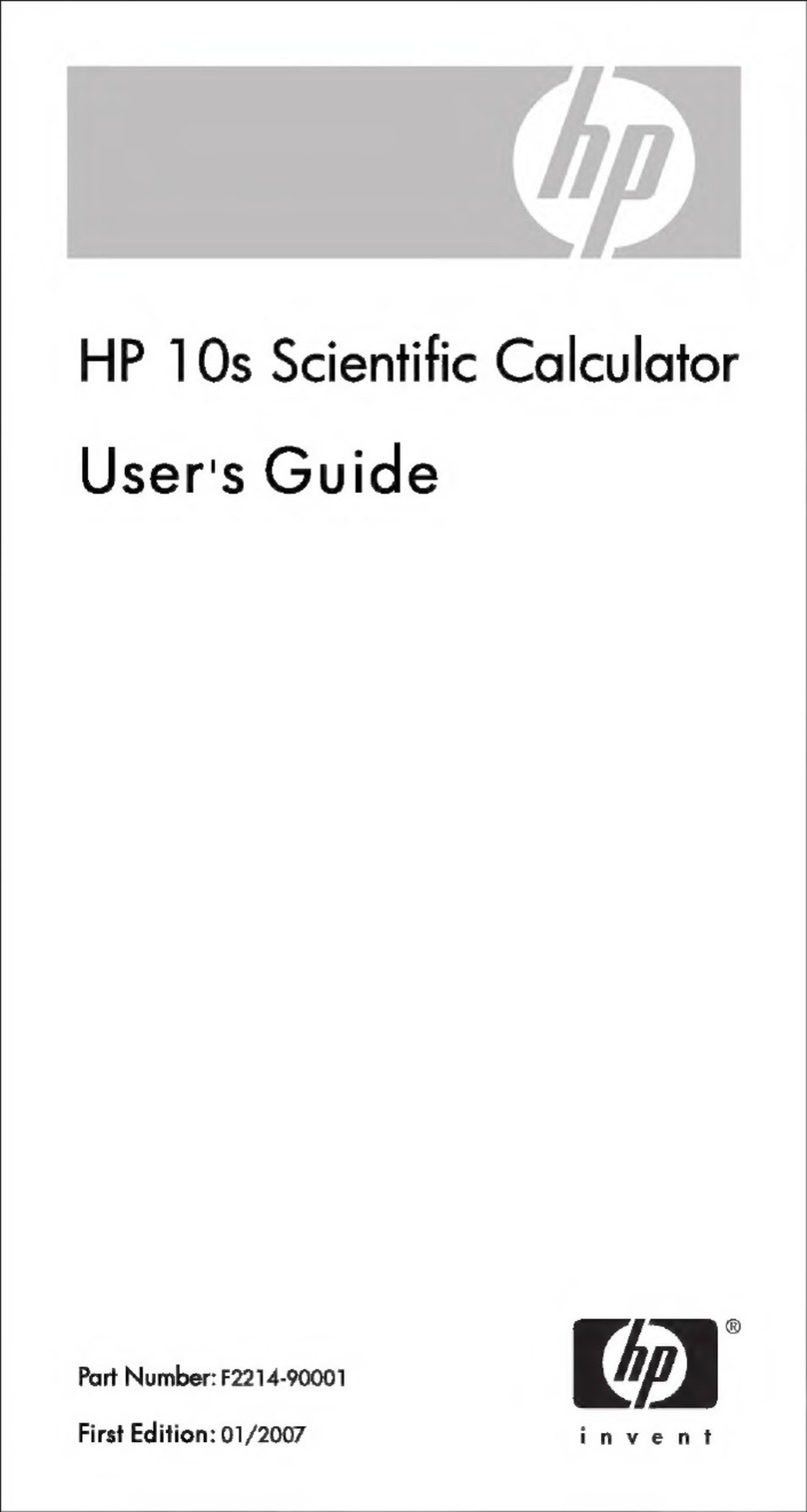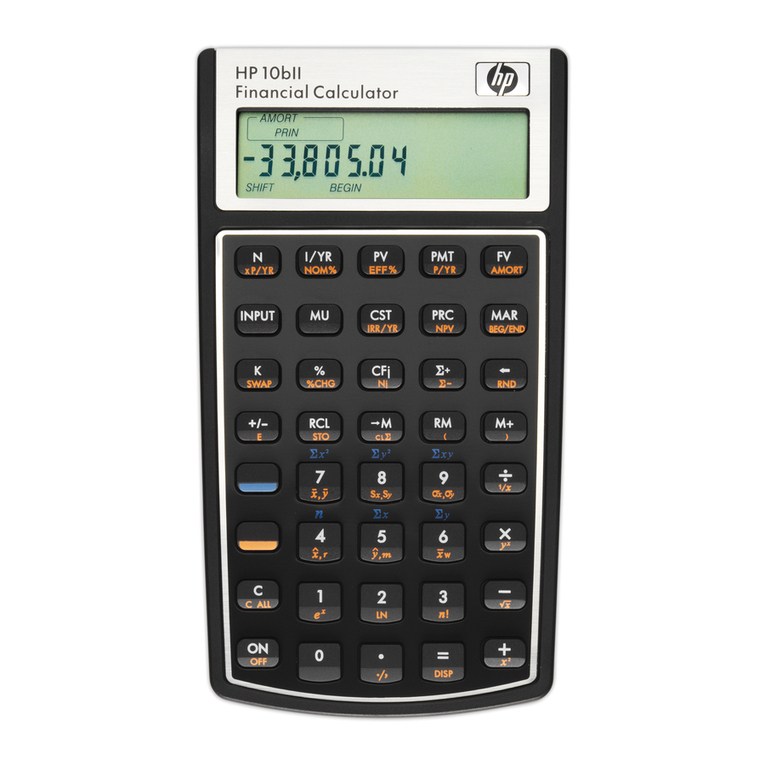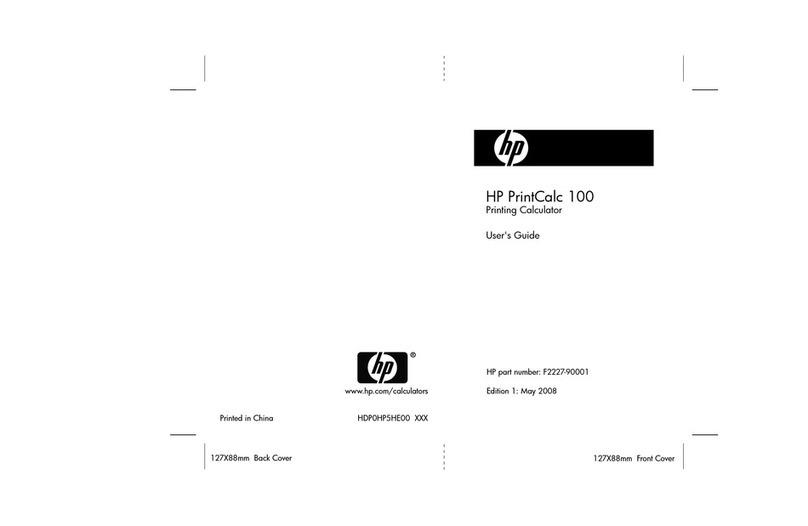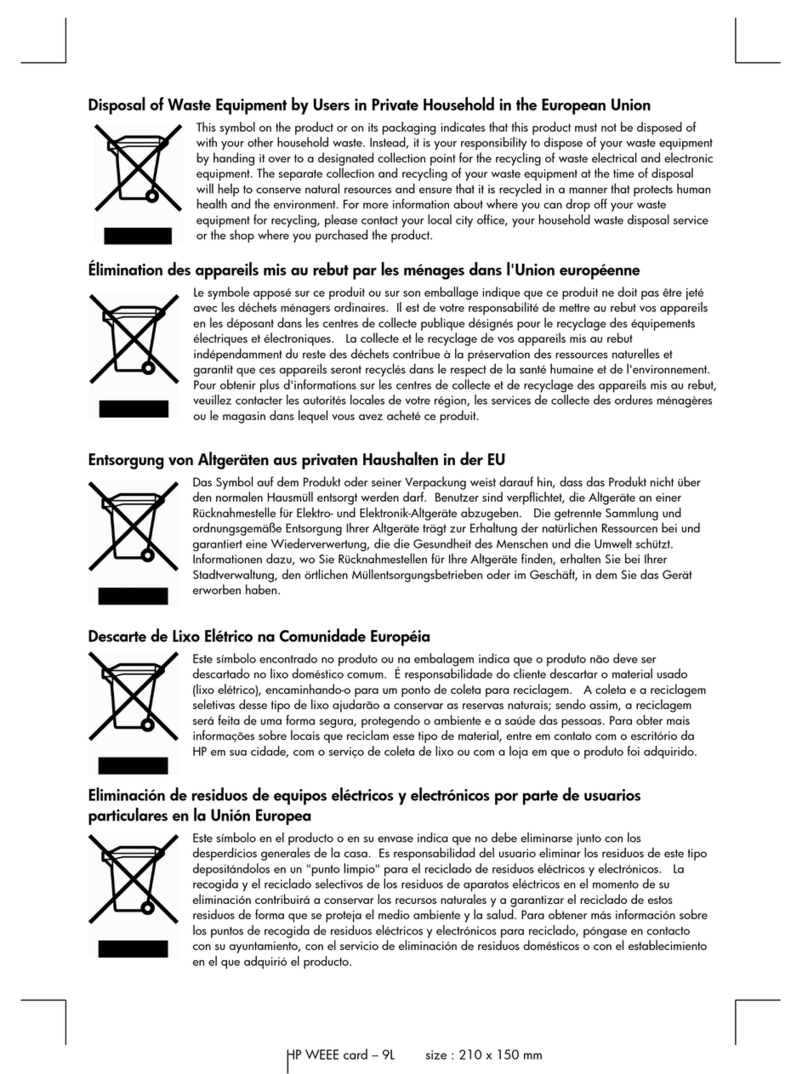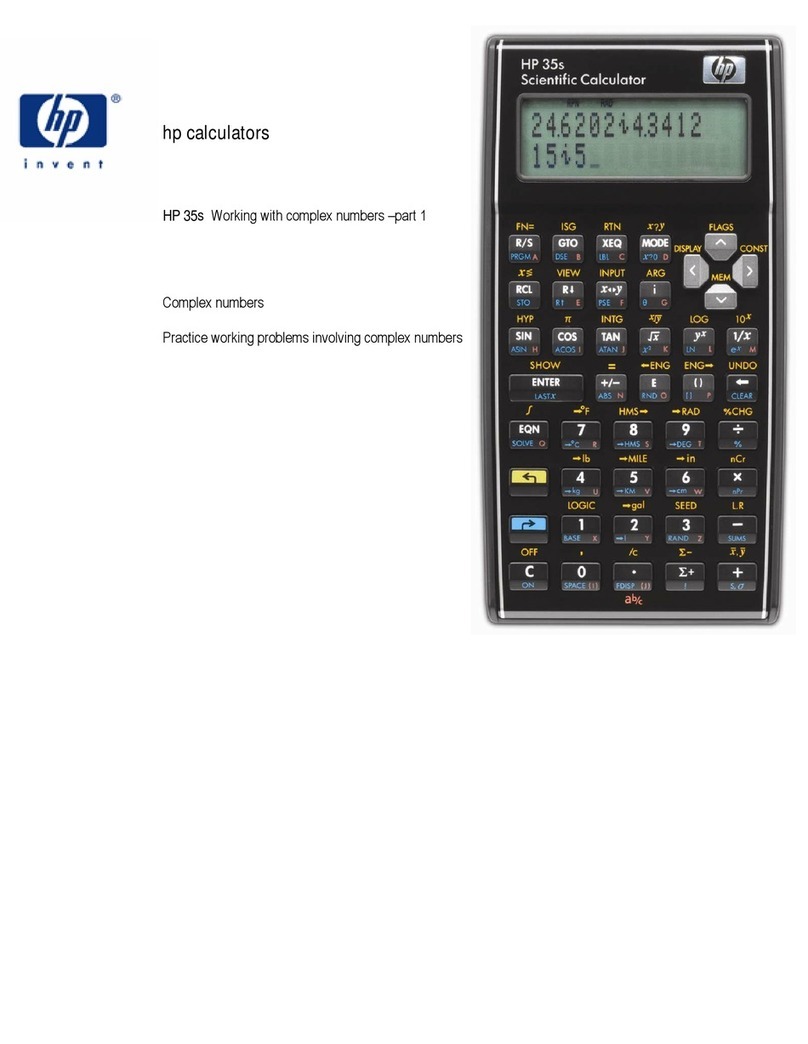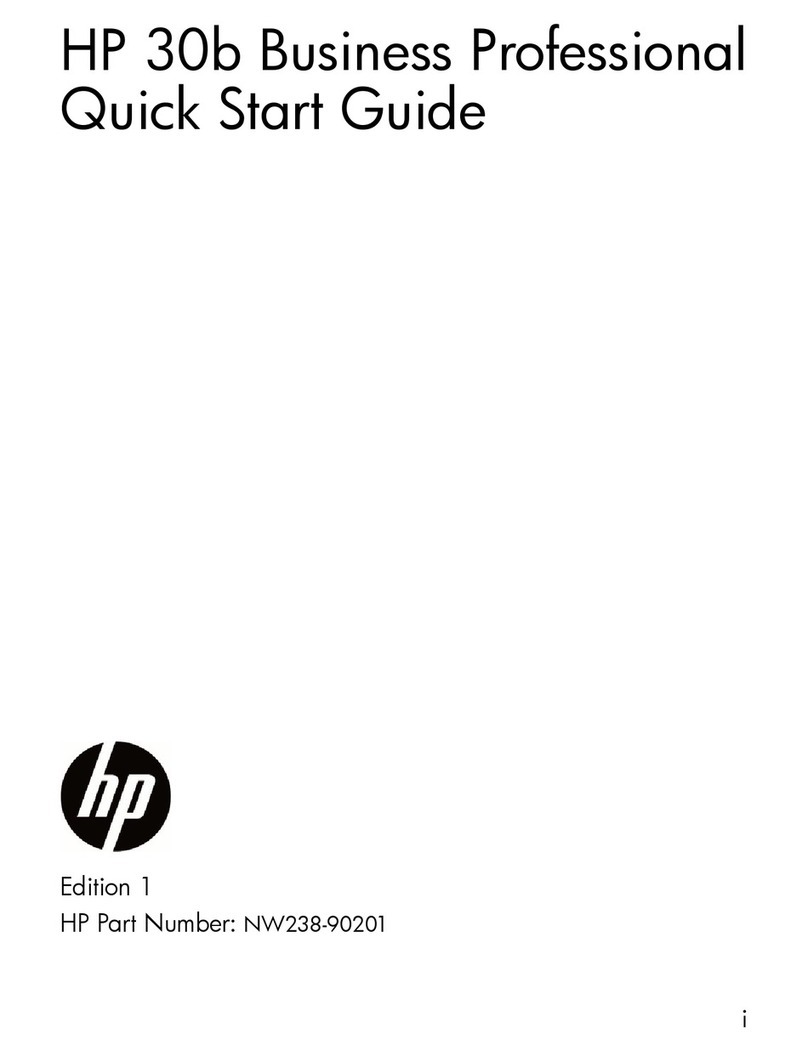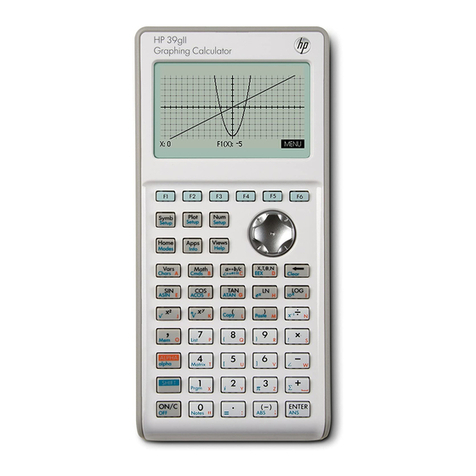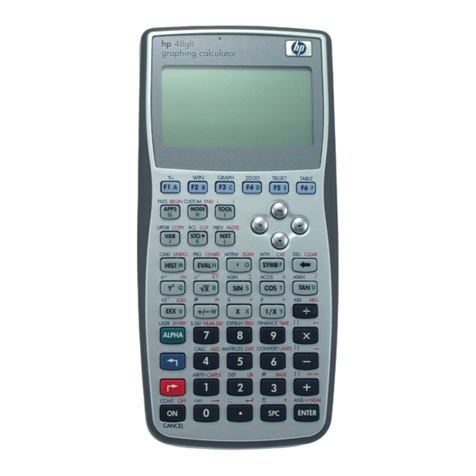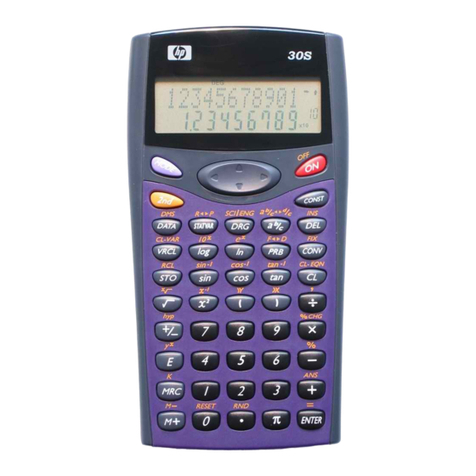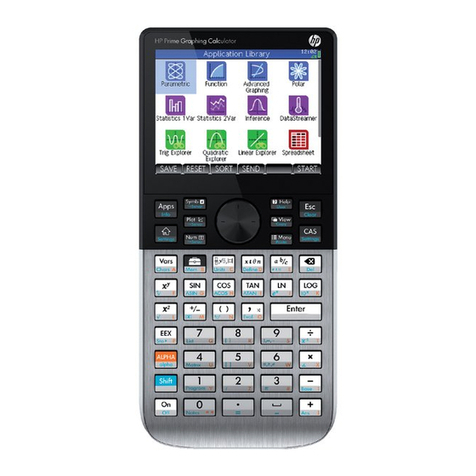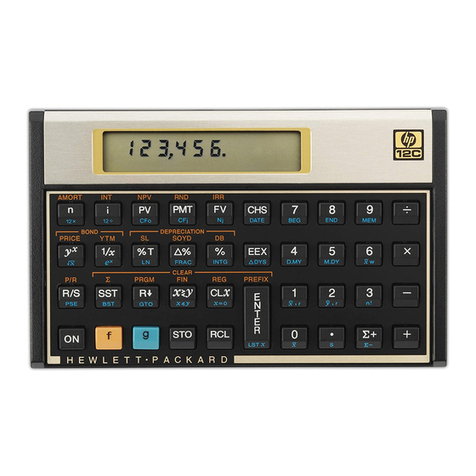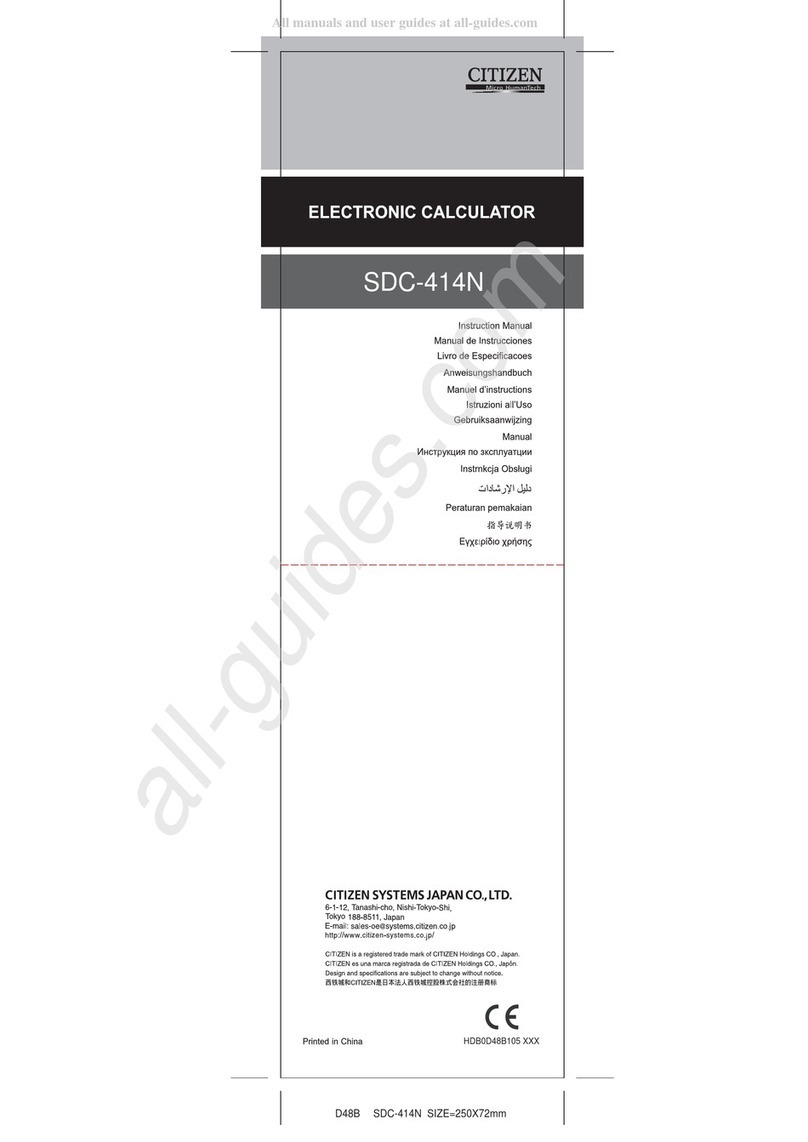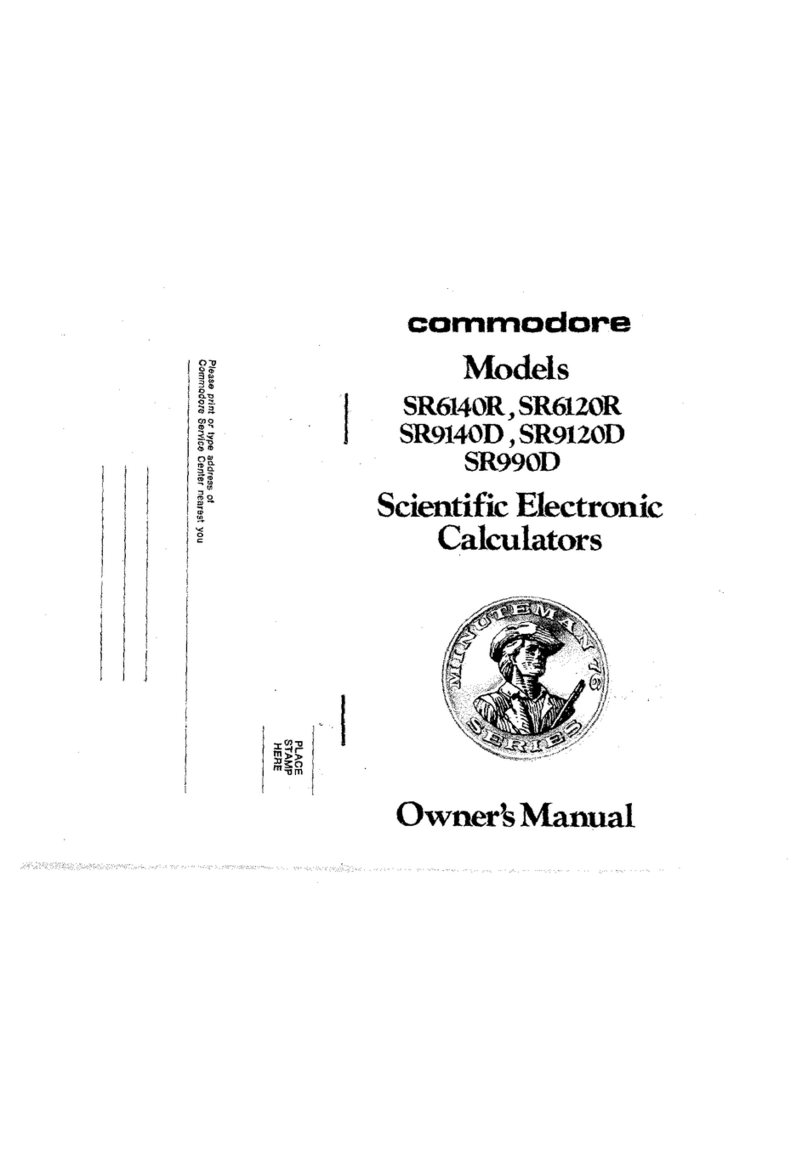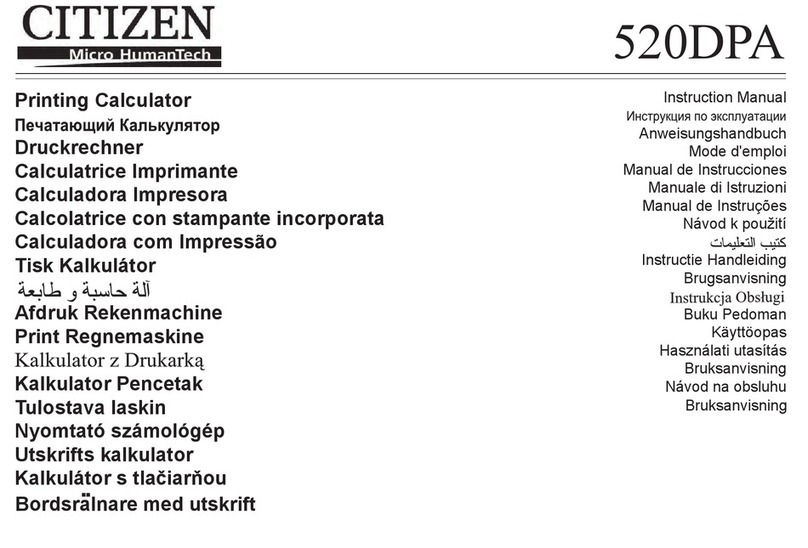
Contents
The HP-67
Pocket
Programmable
Calculator
.......
8
FunctionKey
Index
.........
...
it
8
The
HP-67
...
o
10
Programming
Key
Index
..............
.
...
..
10
Meet
the
HP-67
...................ccciiiiiiiiin...
15
Manual
Problem
Solving
....................
...
...
16
Running
a
Prerecorded
Program
.......................
17
Your
OWN
Program
.
......vuieeneenei
e
21
Using
this
Handbook
.................................
24
Part
One:
Using
Your
HP-67
Pocket
Calculator.......
25
Section
1:
Getting
Started
.........................
27
DiSplay
.
.o
27
Keyboard.
......
...
27
Keying
In
Numbers
...........
..
...
28
Negative
Numbers
...................
...
... ... ...
...
29
Clearing
.
...ooo
e
29
Functions
.
...
30
One-Number
Functions
................c.coveeeinnn..
31
Two-Number
Functions
.....................oooonn.
32
Chain
Calculations
...
34
A
Word
aboutthe
HP-67
..............................
39
Section
2:
Display
Control
.........................
4
Display
Control
Keys
............coiiiiiiiineenenn.ns
42
Display
Number
Changes
...........................
42
Scientific
Notation
Display
.......................o...
43
Fixed
Point
Display
.
...........coovviiiiiiiiii...
44
Engineering
Notation
Display
........................
45
Automatic
Display
Switching
...........................
47
Keying
In
Exponentsof
Ten
...........................
48
Calculator
Overflow
.
...
50
Error
Display
.
.......ooiiii
e
50
Low
Power
Display
...........ccooiiiiiiiiiiiiinns
51






